The Ladurée World
Decoration
Ladurée: decoration and inspiration

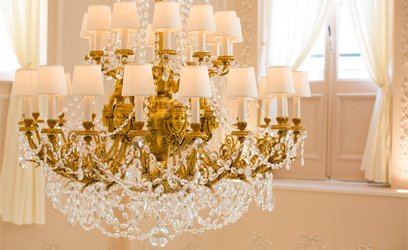
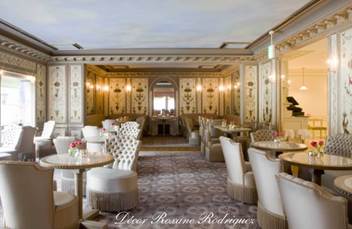
Colors
The emblematic colors of Ladurée
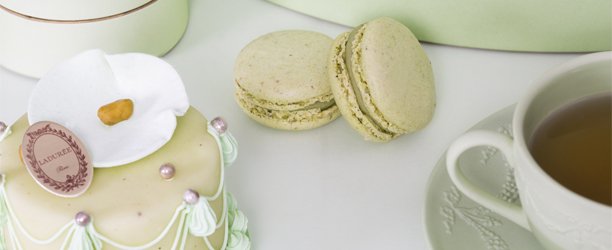
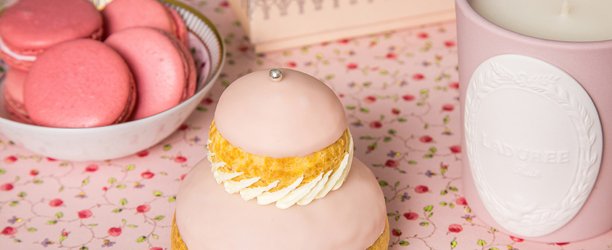
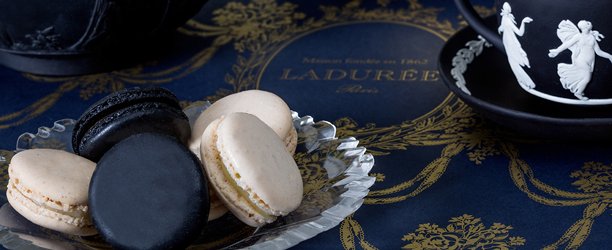
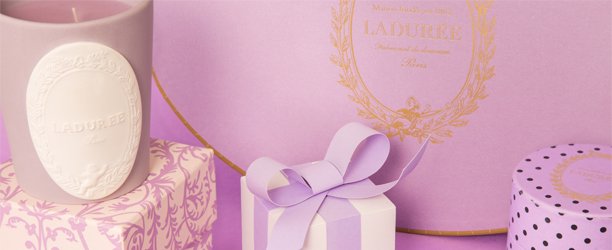
The Artists
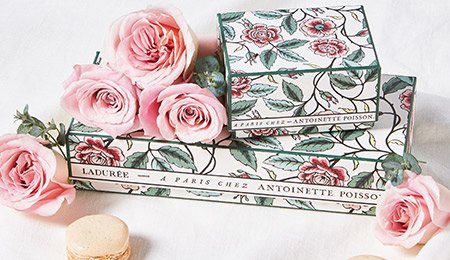
2019 A Paris chez Antoinette Poisson
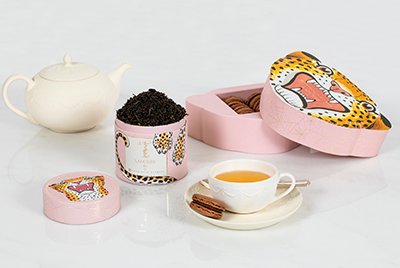
2018 Charlotte Olympia
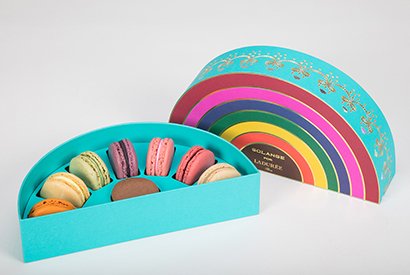
2017 Solange Azagury
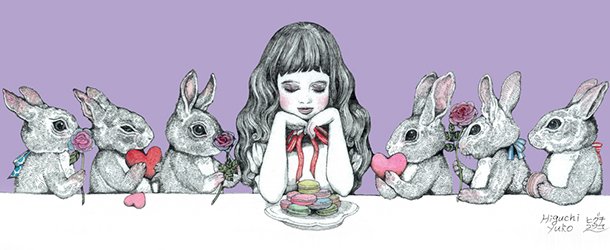
2016 Yuko Higuchi
Little rabbits full of love and gentleness
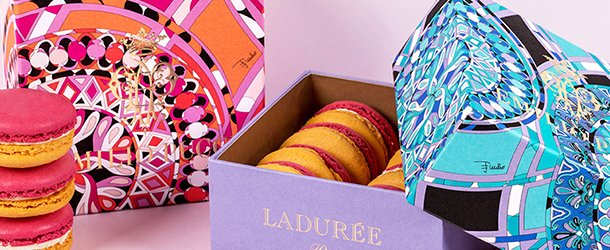
2015 Emilio Pucci
Gift boxes summoning the summer ease of the Mediterranean
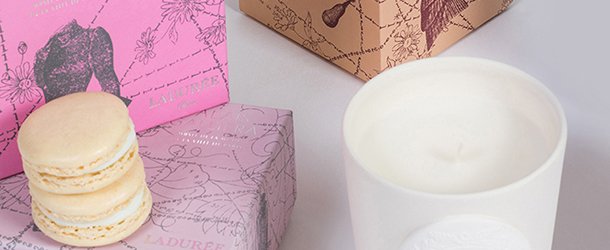
2013 Palais Galliera
Paper patterns of the 19th century,that the museum possess in quantity.
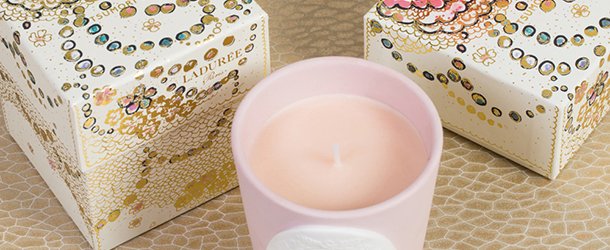
2012 Tsumori Chisato
Tsumori Chisato, Japan's most poetic, inventive fashion designer.
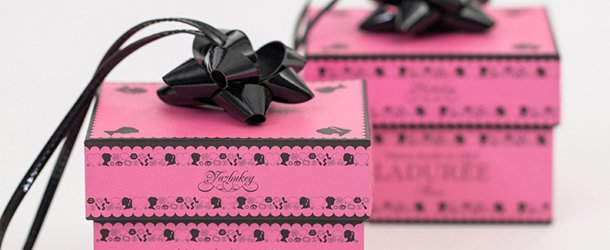
2010 Yazbukey
Gift box absolutely irresistible where beauty and goodness coexist in perfect harmony.
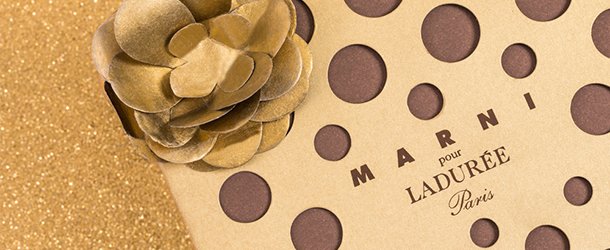
2009 Marni
Perfection and precious detail.
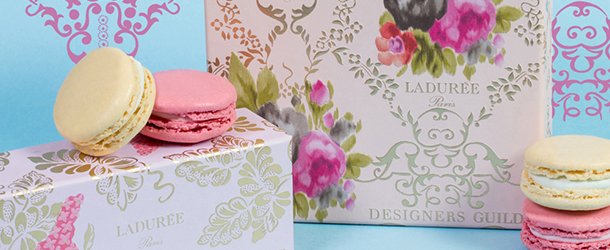
2008 Designers Guild
A colorful & decorative journey in Tricia Guild's world.
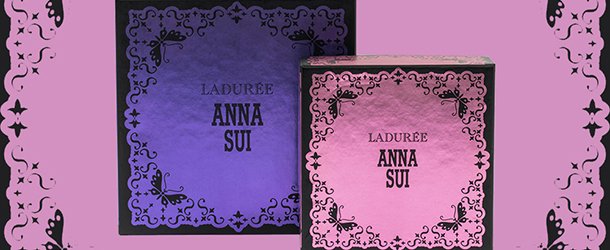
2005 Anna Sui
Fantasy, magic, softness and poetry are the words which best define the creations of Anna Sui.
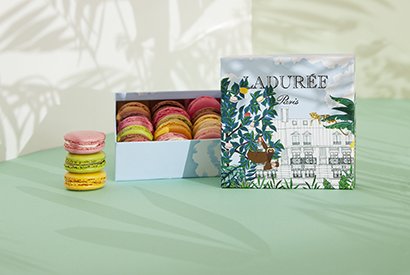
2018 Iracema Trevisan
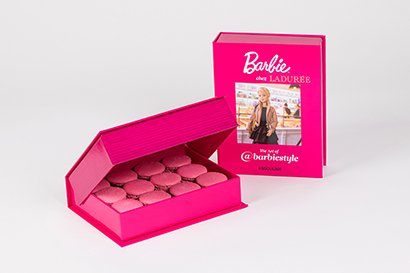
2016 Barbie
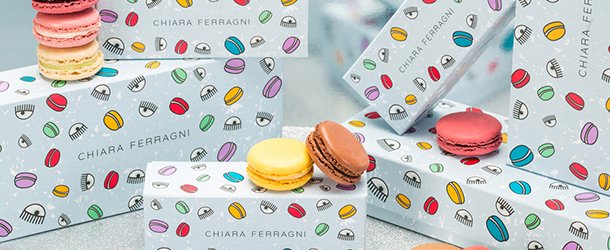
2016 Chiara Ferragni
A very special collection adorned with The Italian fashion blogger, Chiara Ferragni's wink.

2015 Sonny Angel
A collection of “Sonny Angel” with Ladurée.
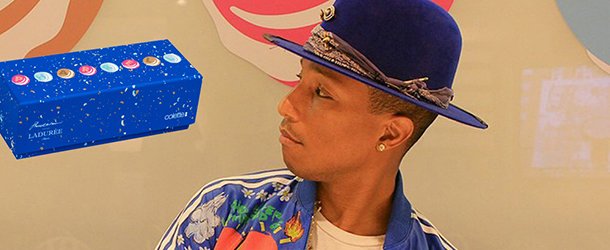
2014 Pharell Williams x Colette
Always a dream for Pharrell : colette realized it!
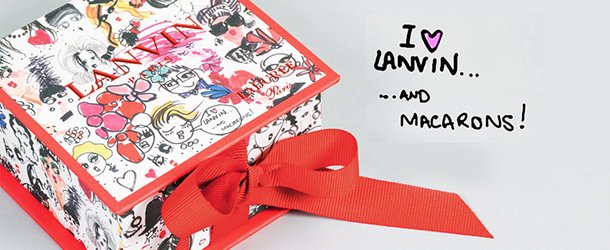
2012 Lanvin
Alber Elbaz stirs our imagination, makes us dream, arouses our fantasies and now, plays to our weakness for sweets.
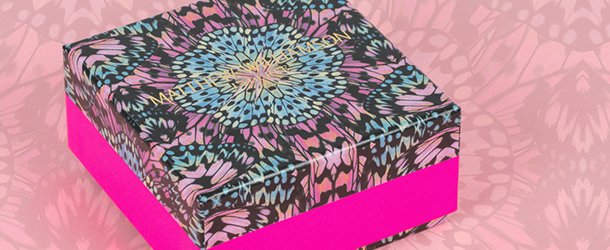
2011 Matthew Williamson
A rich and intense pattern with bright colours.
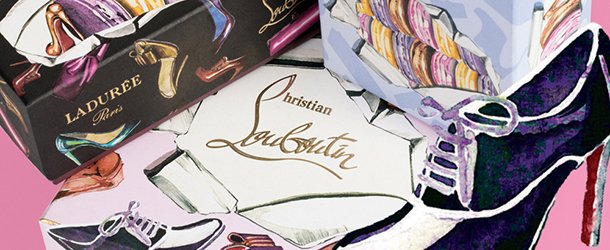
2009 Christian Louboutin
Christian Louboutin gives us the treasures of his travels and translates them into little jewels.
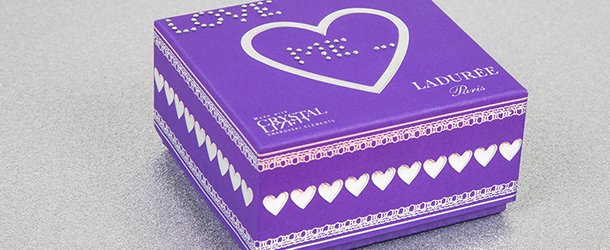
2009 Swarovski
A box to celebrate love.
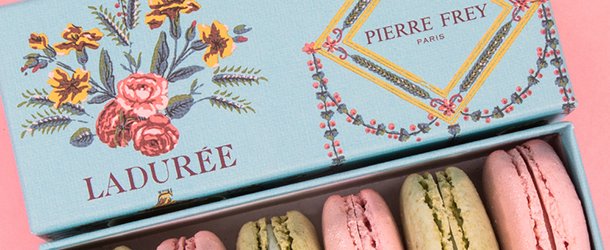
2007 Pierre Frey
Deliciously and poetically “Frey”
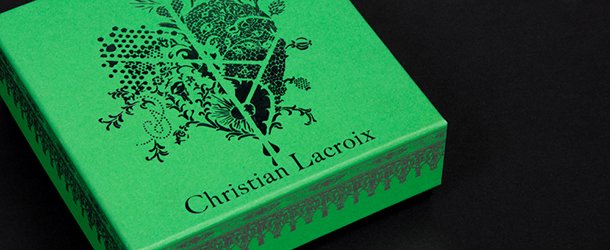
2004 Christian Lacroix
Delicacy and majesty.
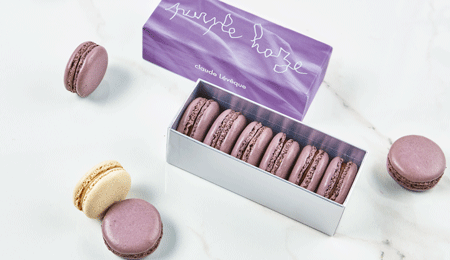
2018 Claude Levêque
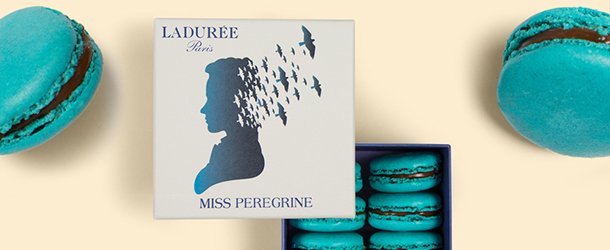
2016 Tim Burton
Tim Burton, new film, “Miss Peregrine’s Home for Peculiar Children”.
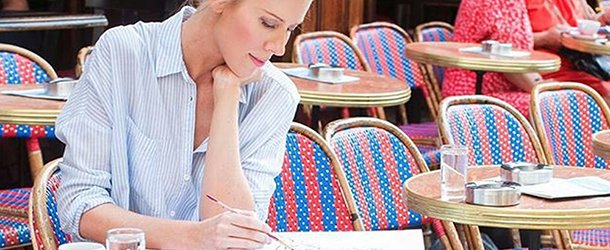
2016 Kerrie Hess
Three gift boxes drawn by the illustrator Kerrie Hess.
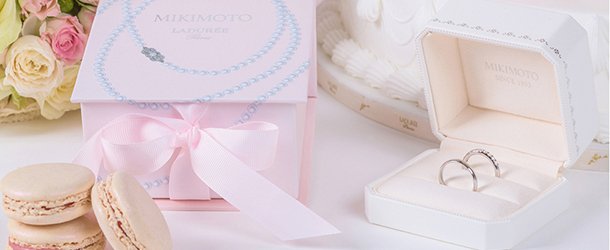
2015 Mikimoto
Romantic gift boxes for Weddings and special occasions.
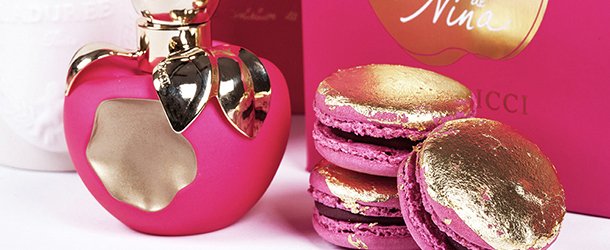
2014 Nina Ricci
A macaron-like fragrance ; or a perfume-like macaron.
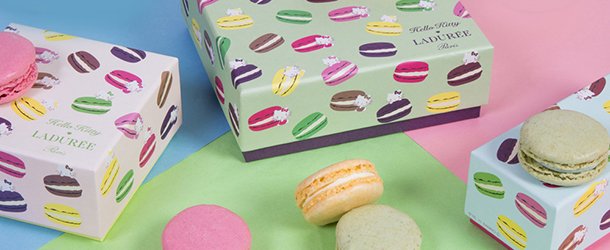
2012 Hello Kitty
Hello Kitty,the legendary figure known to all.
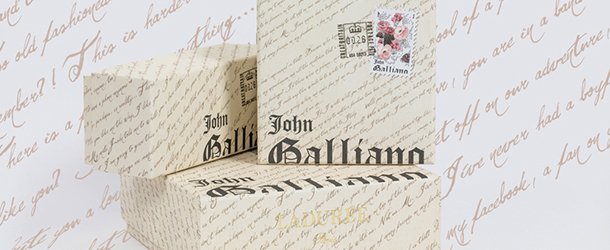
2010 John Galliano
A vintage-style sepia paper covered in lines of flowing script, as a mysterious lover pours out his heart...
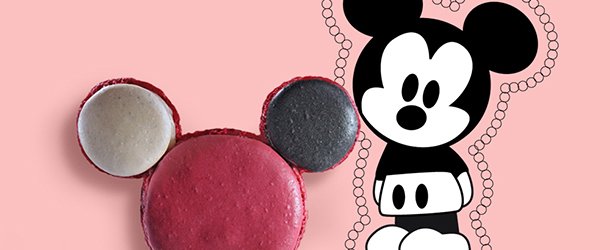
2009 Mickey
Ladurée created exclusively the very first Mickey Macaron, to mark its 80th birthday!
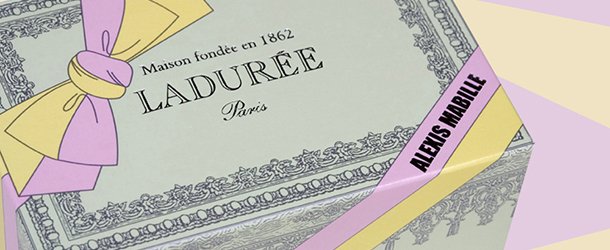
2008 Alexis Mabille
Alexis Mabille is creating his own vision of Ladurée

2006 Odorantes
Famous and precious flower shop of Rue Madame in Paris, Odorantes creates the "Rosanis" macaron.
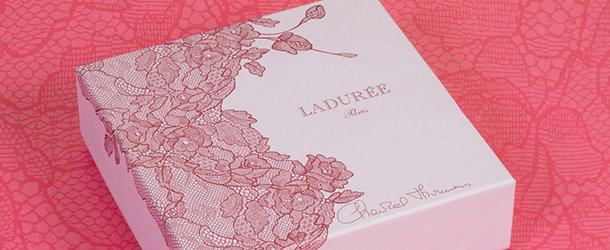
2003 Chantal Thomass
Creator, epicurean and faithful friend of Ladurée.
